3 min read
Matric to Showcase Expertise at The Battery Show 2024
Join Matric atThe Battery Show 2024, a premier event for the battery and electric vehicle technology industries.
Read More
3 min read
Join Matric atThe Battery Show 2024, a premier event for the battery and electric vehicle technology industries.
Read More
2 min read
Matric will attend MINExpo 2024, the world’s largest mining trade show, from September 24-26 at the Las Vegas Convention Center in Las Vegas, NV.
4 min read
When it comes to military electronics, reliability is non-negotiable. Whether it’s a navigation system guiding a ship through dangerous waters or a...
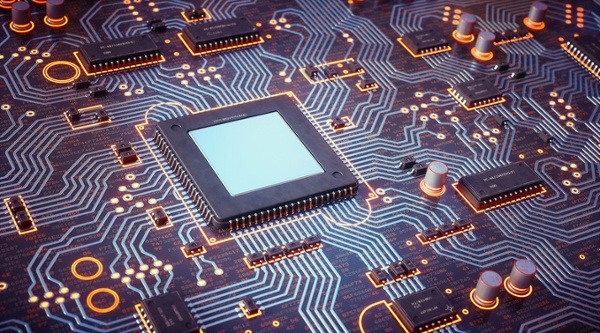
5 min read
Driven largely by technological advancements and the increasing demand for efficient trading solutions, the financial technology landscape is...
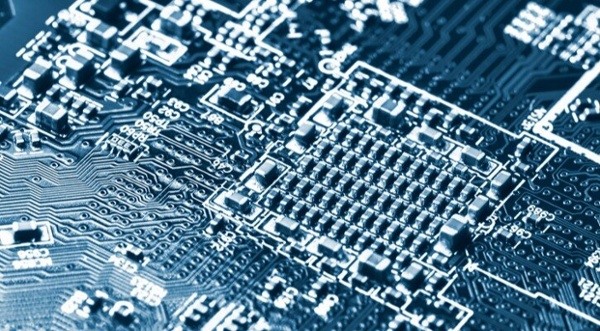
6 min read
Want to get smaller, lighter, or more powerful? (Who doesn’t?) In electronics, customers are demanding all three – at the same time. It might seem...
5 min read
OEM circuit boards are fundamental components in a wide range of consumer and commercial applications, from automobiles to household appliances and...
4 min read
Confused about REACH vs. RoHS compliance? You’re not alone. These two sets of electronics manufacturing guidelines were born from the European...
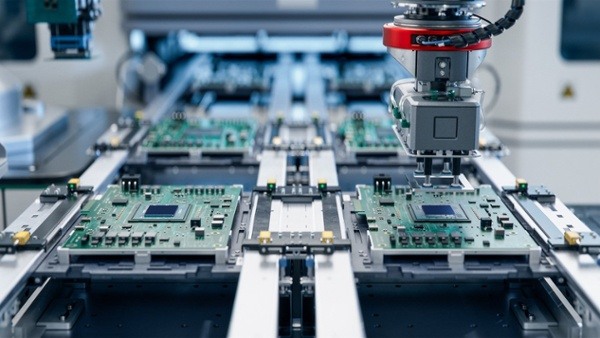
3 min read
In the demanding field of printed circuit board (PCB) fabrication and manufacturing, closely adhering to industry standards is crucial for an OEM's...
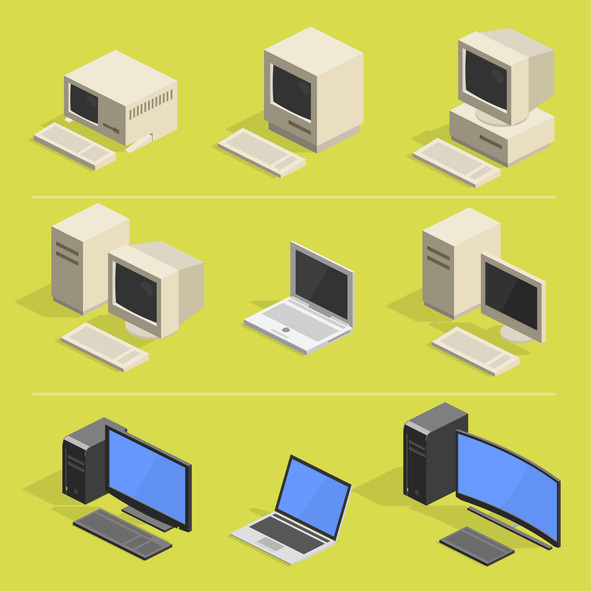
5 min read
Printed circuit boards (PCBs) have been instrumental in the rapid advancement of technology since their introduction in the 1940s. PCBs...

4 min read
PCBs are crucial to modern financial systems and play a critical role in the infrastructure that supports the global financial ecosystem. These...
2 min read
Let’s face it, soldering is difficult. It takes years of training to get good at the right kinds of solders, and even machines don’t always get it...

7 min read
In the digital age, where transactions are often completed with a mere tap or click, the seamless operation of financial systems has become a...

1 min read
Are you ready to develop new partnerships? Not having luck finding manufacturers in certain industries? A visit to one of this year’s D2P shows can...
3 min read
If you’re looking for an electronics contract manufacturer, what are the most important factors you consider? Is it the price or quality of the...

4 min read
Data centers are crucial for the financial industry due to their pivotal role in ensuring speed, reliability, and security, which are fundamental for...
2 min read
(Photo courtesy U.S. Air Force) Electromechanical PCB box build assembly services are one of the most important offerings of electronics contract...
3 min read
Medical device product life cycle management is a challenge at the best of times. It becomes even harder when supply chains are disrupted (such as...
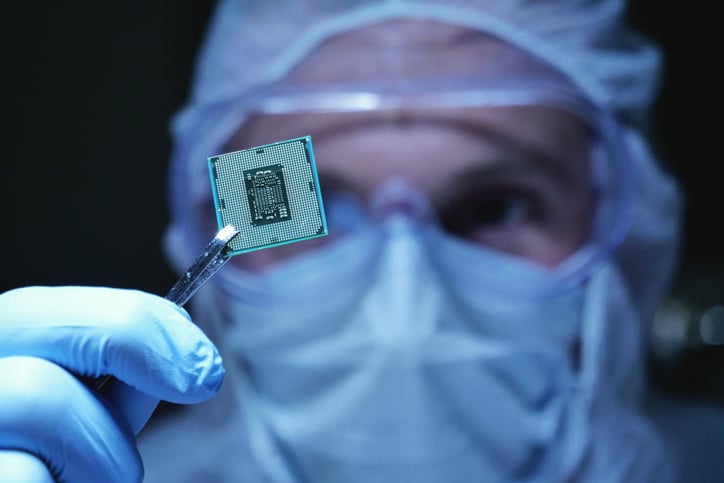
2 min read
Global supply chain shortages mixed with bottlenecks in the shipping industry and labor shortages have triggered serious problems in nearly every...
5 min read
PCB design is tricky. Depending on how complex your project is — or how much is at stake if something fails — you may need top-end testing before...
2 min read
A first article inspection for electronics products is a verification process that documents and certifies the accuracy of each and every facet of...
2 min read
PCBs have been getting smaller for the past few decades, and few industries have taken more advantage of that than the medical industry. While that’s...
3 min read
Medical device companies looking for a PCB design and assembly partner have many important factors to consider, all with the end user’s well-being at...

3 min read
As the world of robotics advances, PCB manufacturing techniques have become faster and more efficient. With surface mount technology, flexible PCBs,...